Creating habitat in North Carolina
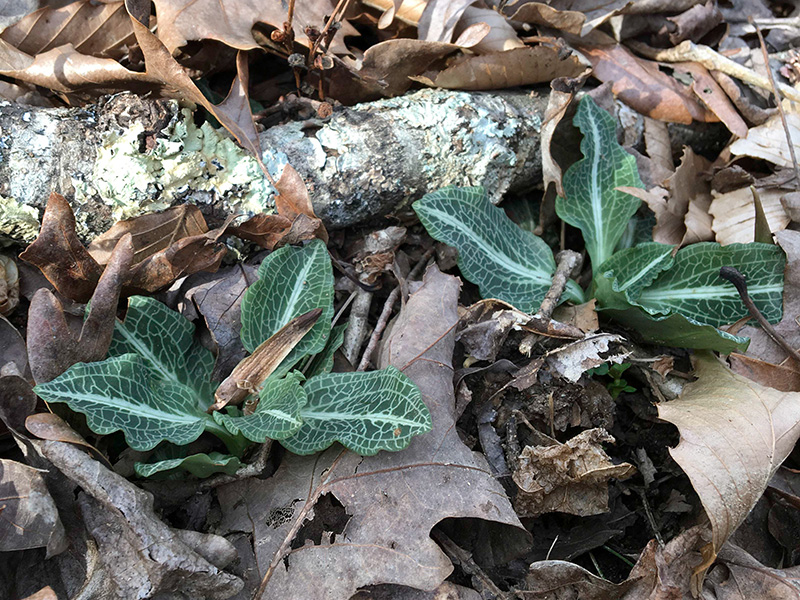
Since we visit our children and grandchildren in North Carolina, here’s some North Carolina-specific information.
I’ve also listed birds we’ve seen here in NC as well as NC bird resources on our NC bird page.
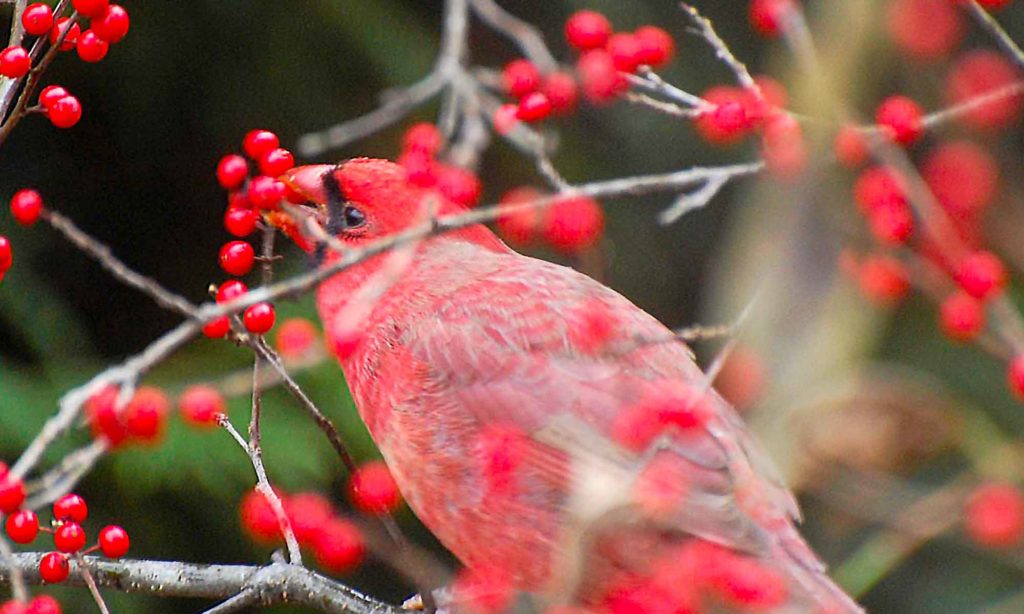
Creating habitat for North Carolina creatures
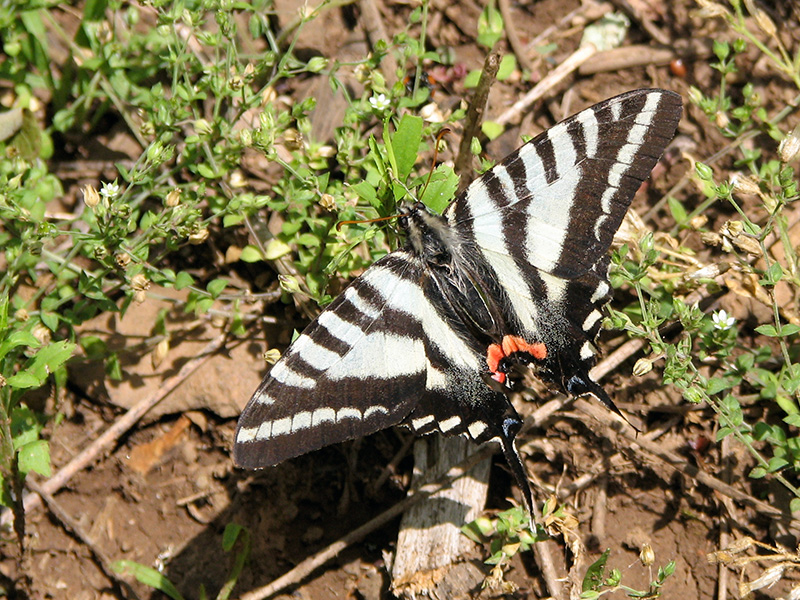
- NC Cooperative Extension Service:
- Butterflies in Your Backyard
- Bees of NC: An Identification Guide
- Landscaping for Wildlife with Native Plants
- Managing Backyards and Other Urban Habitats for Birds
- Reptiles and Amphibians in Your Backyard
- Pools for Amphibians
- Going Native – Urban Landscaping for wildlife with native plants
- Pollinator Conservation Guide
- Audubon of North Carolina:
- Bird-Friendly Native Plants
- Bird Friendly Habitat Certification program
- Nurseries selling native plants as well as region-specific native plant guides.
- Carolina Nature – Photos and information about the wild things of North Carolina by Will Cook, including information such as a description of Oak Mistletoe, a NC native.
- North Carolina Botanical Garden:
- Orchids: Masters of Deception – includes tipularia
- Backyard Butterflies:
- Chapel Hill Library:
Protecting our water
Rain gardens protect our water by allowing it to slowly seep into the soil rather than running off into the sewers. But they also provide yet another opportunity to plant native plants for wildlife, including host plants for butterflies.
The North Carolina Extension service has some good resources on creating backyard rain gardens.
North Carolina native plants
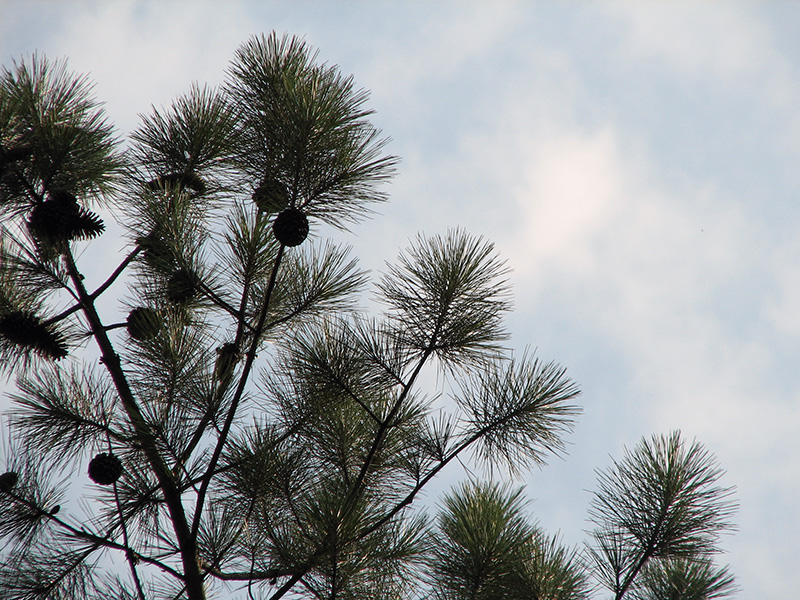
Habitat in North Carolina, as everywhere else, begins with native plants. They provide the best food, cover, and places to raise young.
The North Carolina Native Plant Society has many resources, as well as an opportunity to certify your native plant garden.
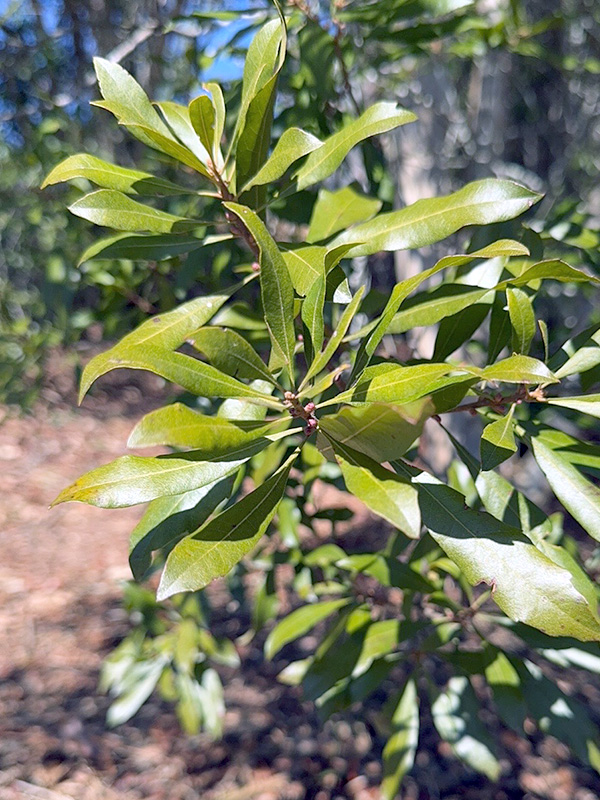
We’ve discovered some good resources on plants native to North Carolina.
The North Carolina Botanical Garden in Chapel Hill, besides the garden itself, has a lot of information on their website, including lists of native plants, lists of invasive plants to avoid, conservation gardening and more!
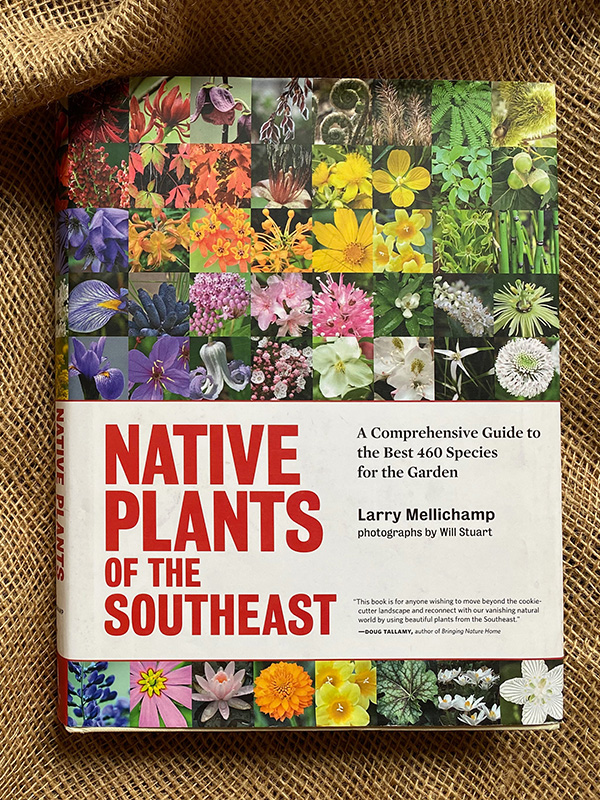
The book Native Plants of the Southeast: A comprehensive guide to the best 460 species for the Garden by Larry Mellichamp is a useful resource, though I would have preferred a greater focus on usefulness to wildlife rather than the book’s relatively greater focus on ornamental value.
Plants invading North Carolina
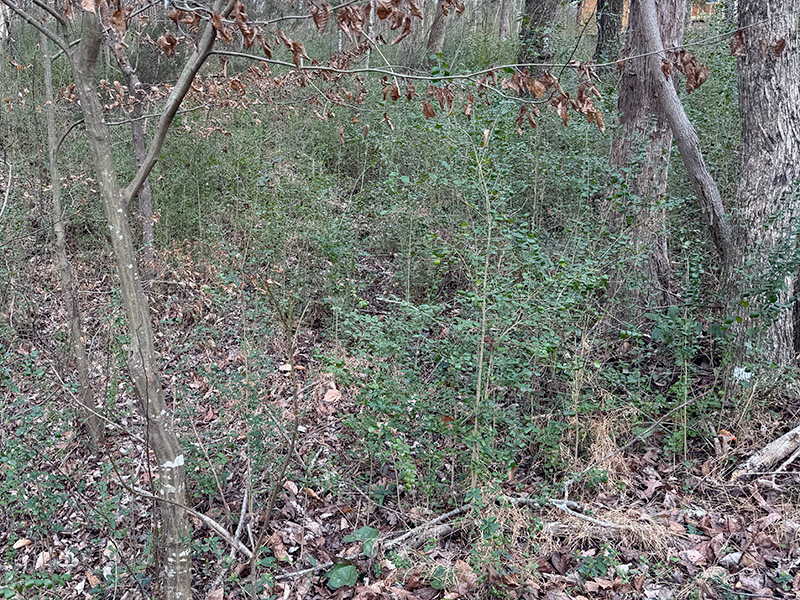
Like every other state, North Carolina is being invaded by non-native, invasive plants that impoverish habitat and diminish biodiversity.
What’s disturbing, though, is that many of these are plants deliberately sold to homeowners!
In addition to the general resources on the rest of the website, some NC-specific resources include:
- NC Native Plant Society: Invasive exotic species list
- NC Invasive Plant Council: Piedmont invasive plants
- Going Native: Invasive Species
- Choose Natives: Garden Escape Artists
There’s more info on invasive plants in this section of this website.
Resources
- Jeff Pippen:
- North Carolina goldenrods and his list of other NC plants and NC wildlife, too
- Will Cook:
- Carolina Nature – Photos and information about the wild things of North Carolina: plants, birds, spiders, herps, dragonflies, butterflies, moths, and more
- Penn State Extension:
- Project Pando:
- Triangle Land Conservancy:
- Project Pando:
- Durham Master Gardeners:
- Gold is good, but “plantinum” is better – describes the transformation of an NC yard to an Audubon-certified habitat
- Humane Gardener:
- The Nature Conservancy:
- NC Wildlife:
- Fraser Valley Invasive Species Society
- Missouri Dept of Conservation:
- Treehugger:
- Biodiversity for a Livable Climate:
Durham Trees
- Audubon:
- Durham Plant List Gets Bird-friendly Makeover – New Hope Audubon recommends taking 72 invasive plants off the table for Durham development
- NC State:
- Lack of plant diversity spurs cankerworm damage in cities – Cankerworms are a problem in cities because of their simplified landscapes consisting of a greater proportion of non-native plants. The solution? Make urban environments more like natural settings with native plants.
- Durhamnc.gov:
- Cankerworms – info on how to band your trees (but also address the underlying cause by planting a diversity of native plants)
Reflections
No other species on Earth is as influential as ours is, yet we are part of it all, connected to it all. Our actions have far-reaching consequences, and if we’re thoughtful, most of them can be good ones. Making a garden and living in it is a great way to practice the art of ethical, functional design. A well-made garden should be full of life, human and otherwise, providing infinite, daily opportunities to experience that glorious multiplicity of things and living processes.
~ Rick Darke, The Living Landscape: Designing for beauty and biodiversity in the home garden, p. 7
